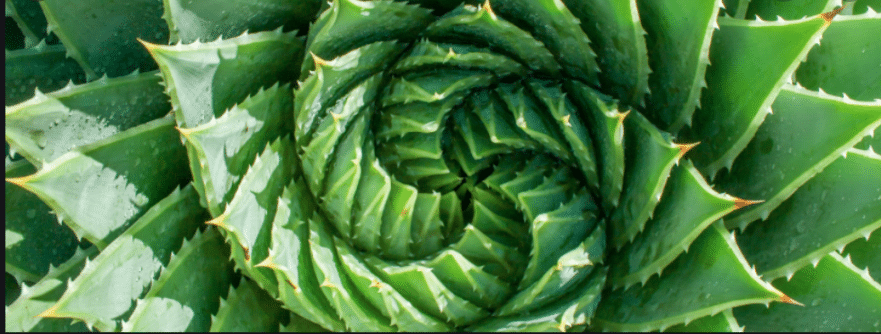SPIRALS IN NATURE
The spiral pattern is found extensively in nature – encoded into plants, animals, humans, the earth and galaxies around us. Mathematics can explain the complex algorithms, sequences and equations that make up a spiral pattern, but it can’t explain the lure and fascination of the spiral to the human heart.



Take a family walk and look for spirals in Nature.
*********************
“Swirl by Swirl” by Joyce Sidman and illustrated by Beth Krommes
Joyce Sidman’s book explores spirals found in nature and allows us to look at the physical world differently. “A spiral is a clever shape. It is graceful and strong.” A spiral is nature’s elegant solution in many respects: “It fits neatly in small places” (the sleeping position of burrow-dwelling animals), it offers protection and strength (the defensive curl of the porcupine), and it provides firm grasps (monkey’s tail, elephant’s trunk). Spirals are not only useful, they are beautiful.
Beth Krommes’ scratchboard illustrations are gorgeous. From her fiddleheads to elephant trunks, from crashing waves to spiraling galaxies, her art celebrates the beauty and usefulness of this beautiful shape.
******************************
Preschool Drawing Exploration
CIRCLES and SPIRALS

OUTSIDE – Practicing drawing spirals is fun to do outside with chalk.This will allow them to move more easily as they practice creating swirls
Standing and bending over their work may help their movements.

PRACTICING INSIDE – Draw large circles and spirals a paper. Your children can use crayons to practice tracing the shapes.
Modeling for your children – Start in the middle of the paper. Without taking the crayon material off the paper, let the spiral mark making grow outwards.


Once children are able to more easily draw a swirl, they may enjoy creating a piece of artwork by layering swirls with different colors.





